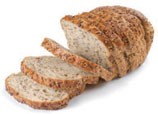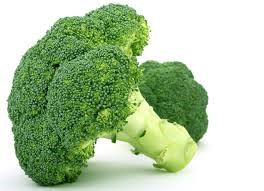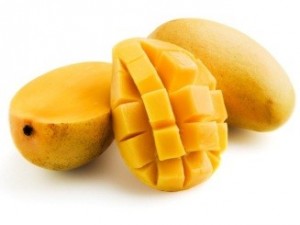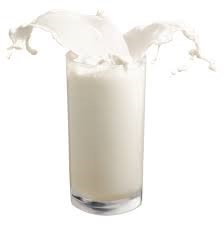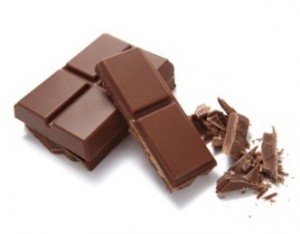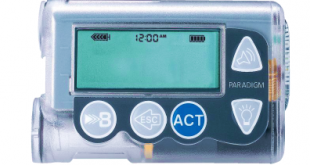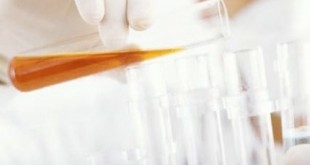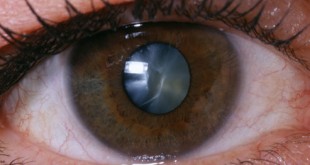Glycaemic Index and Glycaemic Load – Are They The Same?
What is Glycaemic Index or GI?
The Glycaemic index (GI) measures how quick or slow a carbohydrate-containing food raises blood glucose after consumption.
- Slowly absorbed foods are called low GI foods.
- Moderately absorbed foods are called moderate GI foods.
- Quickly absorbed foods are called high GI foods.
How does one measure the GI of a food?
The Gl ranks carbohydrate foods on a scale of 0 to 100 based on the impact the food will give on blood glucose levels after consumption.
The higher the GI is, the more rapid the spike in blood glucose levels.
Below is a list of low, medium and high GI foods.
From the list shown, you must be surprised to see that ice cream has lower GI than pineapple. Does this mean that a diabetic can eat more ice cream and avoid pineapple? The answer is NO. Let’s not forget that pineapple can provide us with other vitamins and minerals that are essential for our health.
The idea is not to totally avoid the high GI food but to enjoy them with another lower GI food within the same meal. If a high GI food is eaten with a low GI food, the food will become a moderate GI food.
Does this mean that GI is the way to go for diabetics?
Studies have shown that approaches like low calorie diet, weight loss (for those who need to) and the total amount of carbohydrate in food are more effective than the GI concept alone. They are stronger predictors of blood glucose response than the GI.
In other words, low GI diet can still be part of the strategy to meal planning but it should not be the primary strategy.
Tips for lower GI foods options :
- Include one low-glycaemic food with every meal and snack
- Eat smaller portions of high-glycaemic foods
- Choose basmati
- Opt for whole grain breads, cereals and pasta whenever possible
- Choose fresh fruits and vegetables over canned or juices
- Go for boiled potatoes instead of mashed potatoes
- Include more beans and lentils such as chickpeas and kidney beans into your diet.
What about Glycaemic load? What is it all about?
If you realise from the explanation above, nothing is mentioned about portion size. Glycaemic load (GL) also measures how quick a carbohydrate food affect blood sugar but GL takes into account the serving size consumed.
Low-GL foods have a value of less or equivalent to 10, Moderate-GL foods have a value of 11-19 whereas high-GL foods have a value of more or equivalent to 20.
GL is calculated by multiplying the GI of that particular food by the grams of available carbohydrate in the serving, and then dividing it by 100. Perhaps the sample of calculation below will make things clearer to you.
GI of sweet potato : 70 (high GI)
Carbohydrate content in ½ cup : 15 g
GL = 70 x 15 ÷ 100 = 10.5 ~ 11 (moderate GL)
What does this mean? Sweet potato gives moderate impact on sugar level because the GL is moderate.
Understanding GI and GL concepts can be overwhelming. Don’t worry so much on the calculation. Remember the tips that we have given in this article.
Take home messages :
- GI and GL concepts are to be used as a supplement approach to meal planning. It is not the primary strategy.
- Some foods are low in GI but high in fat need to be limited (eg: pizza) and some foods are high in GI and high in other nutrients need to be encouraged (eg: dates).
- Remember that the overall balance of your diet is important. A dietitian can help to give individualised advice to you. Do see them or ask your doctor to refer you to a dietitian.
References
- American Diabetes Association. www.diabetes.org
- Brand Miller J, Petocz P, Hayne S and Colagiuri S (2003) Low glycemic diets in the management of diabetes. A meta-analysis of randomized controlled trials. Diabetes Care 26(8): 2261-7.
- Diabetes UK. www.diabetes.org.uk
- Malaysians’ Dietitians Association (2013). Medical Nutrition Therapy Guidelines for Type 2 Diabetes.
 PENDIDIKAN PESAKIT Kementerian Kesihatan Malaysia
PENDIDIKAN PESAKIT Kementerian Kesihatan Malaysia
